Uncategorized
Exploring The Delightful Cultural Capitals of Australia
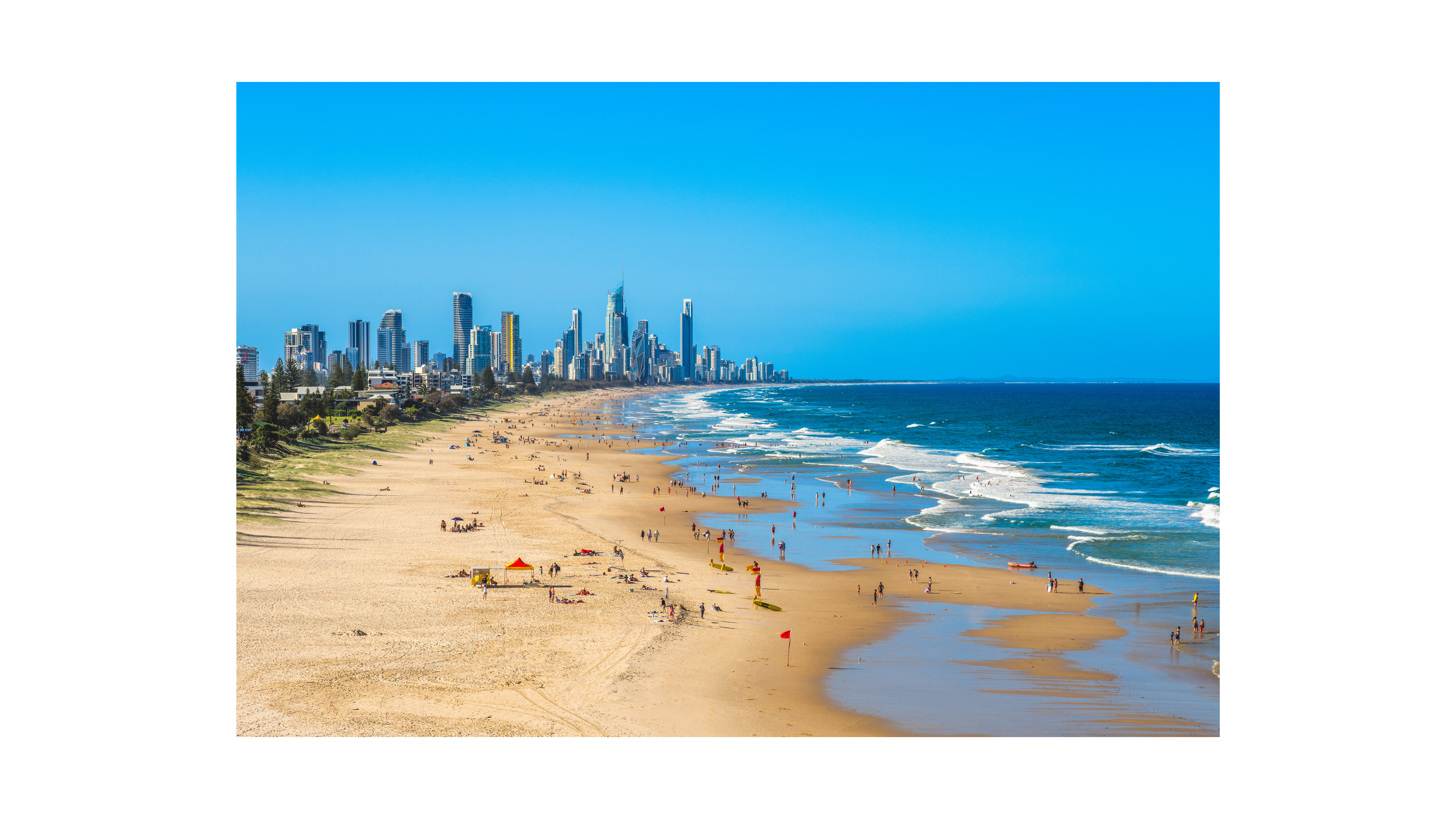
By Ariba Syed
Australia is a country that steals hearts the moment one sets foot on its sun-soaked shores. From the energetic buzz of Sydney to the peaceful beauty of Perth, each city visited felt like a new chapter in a book I didn’t want to end. Journeying through some of Australia’s most iconic cities is a surreal experience.
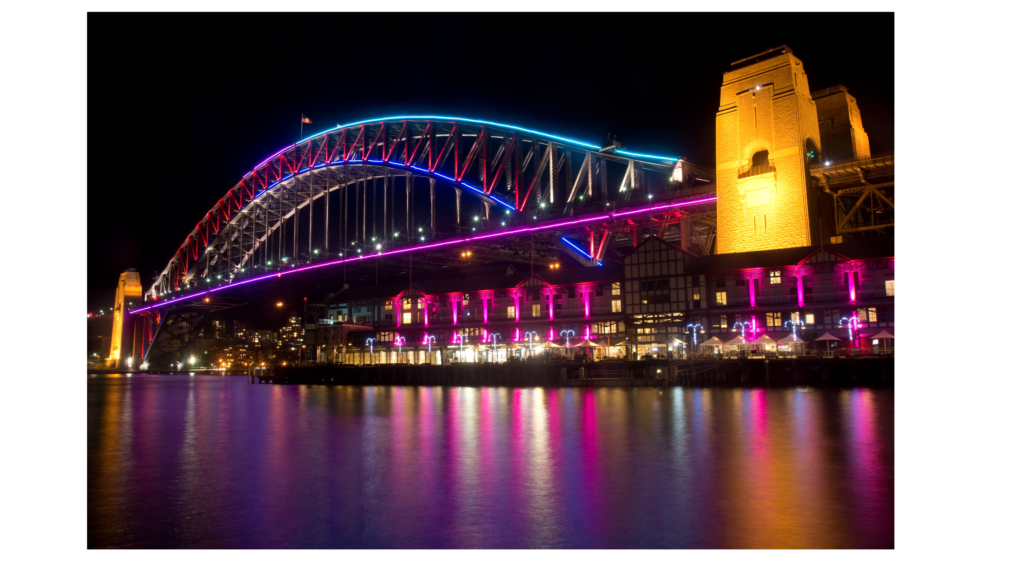
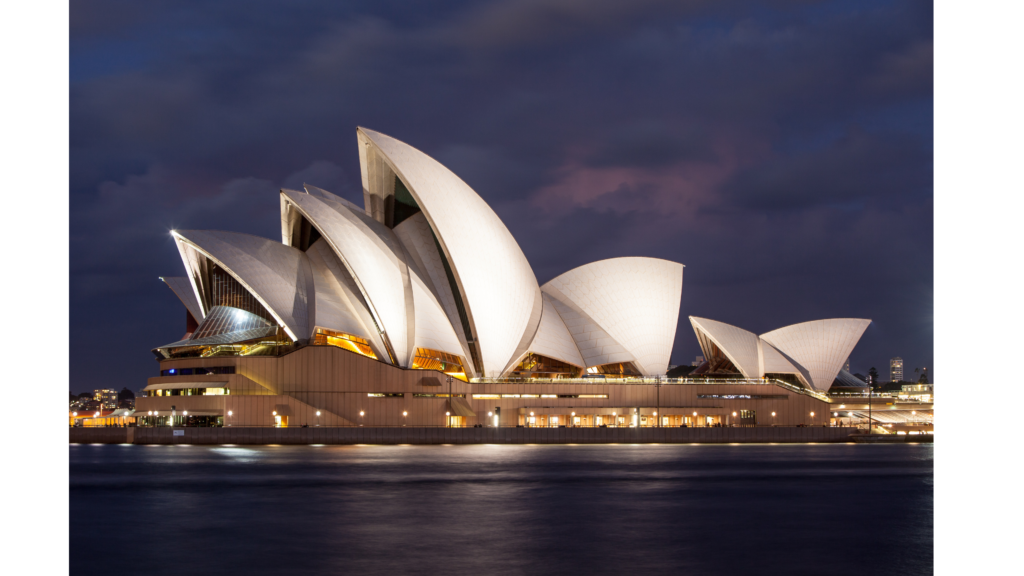
Sydney, the Harbor City takes one’s breath away when seen for the first time. I’ll never forget that first glimpse of the Sydney Opera House. Its unique, sail-like design was even more impressive in person, a true masterpiece. The Sydney Harbor Bridge gave an unforgettable panoramic view of the city and its sparkling harbor. Walking along the shores of Bondi Beach, it was delightful watching the surfers surf through the waves. The city’s vibrant atmosphere, from the bustling Darling Harbor to the historic Rocks was exhilarating.
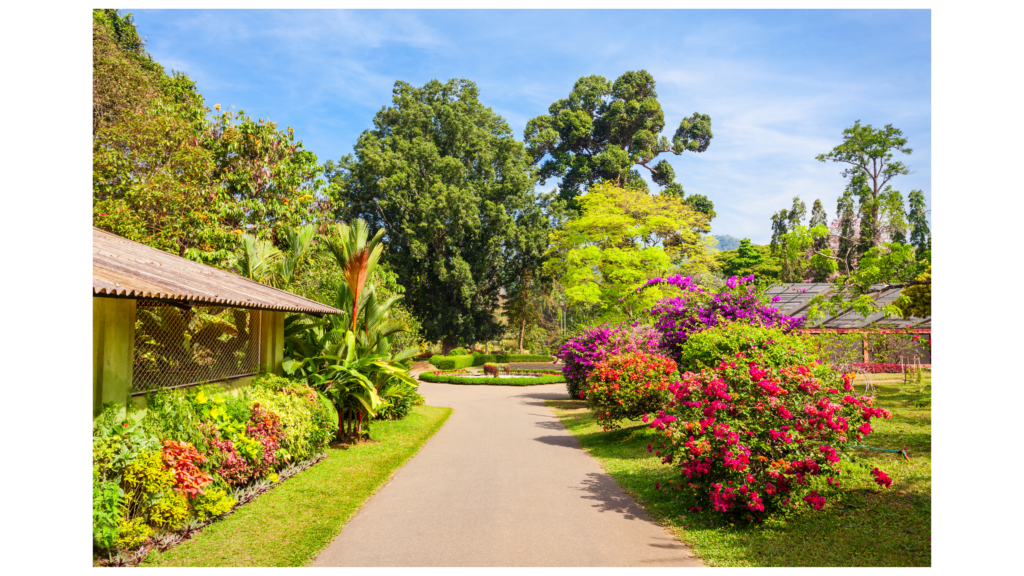
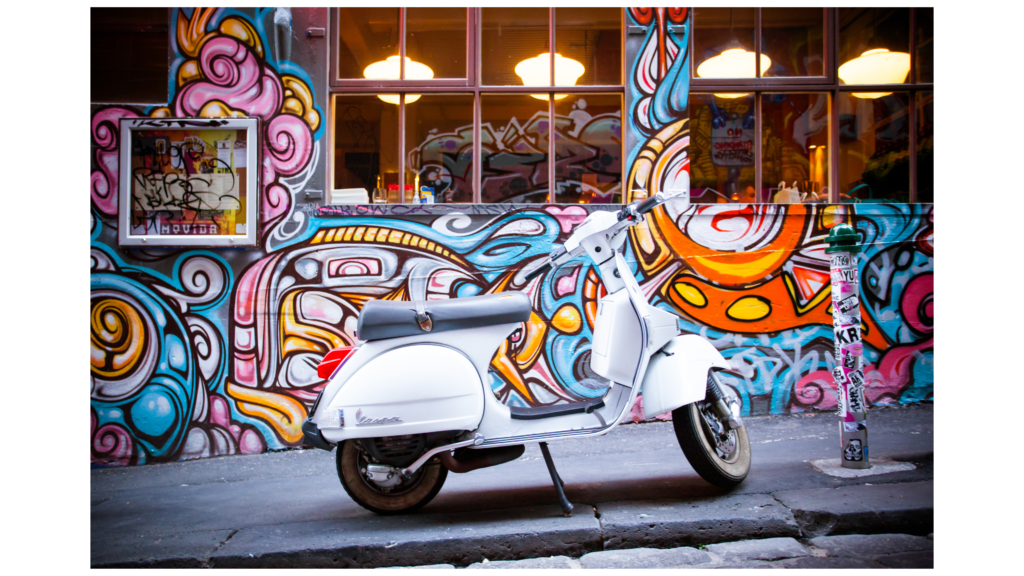
Melbourne was the next point, a place for creativity and culturewhich quickly became one of my favourite places in Australia. It’s a city that pulses with creativity and art at every turn. Wandering through hidden laneways filled with street art and cozy cafes, one can get some of the best coffee there. There Melbourne is also a food lover’s paradise, and one can’t resist to indulge in its diverse culinary scene—from local favourites to international dishes. It was a treat visiting the Royal Botanic Gardens, a lush oasis in the middle of the city. The next step was a day trip to Phillip Island to watch the adorable penguins waddle towards their nests at sunset. Melbourne’s charm lies in its unexpected moments.
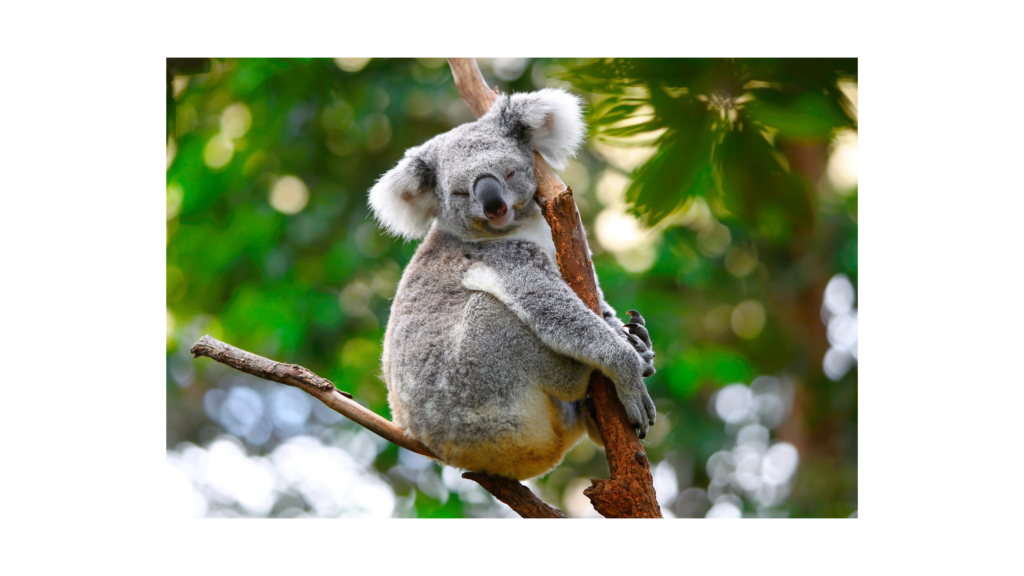
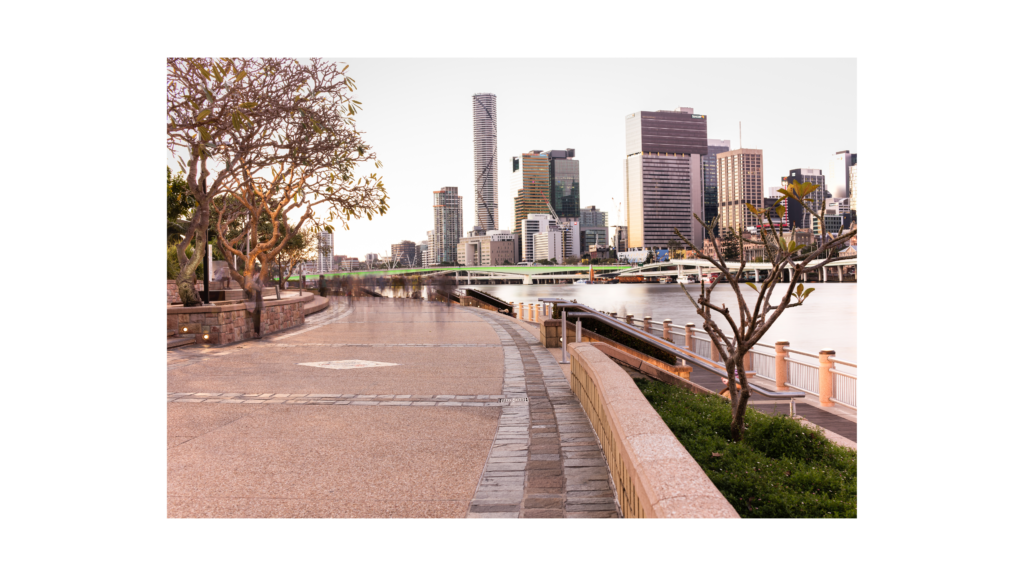
Brisbane is a place for outdoor lovers. After the excitement of Sydney and Melbourne, Brisbane’s laid-back vibe was a refreshing change of pace. The subtropical climate means that it’s always perfect for outdoor adventures. One can walk along the South Bank Parklands, taking in the stunning city skyline and the peaceful riverside atmosphere. I ventured out to Moreton Bay for a relaxing day of swimming and exploring the islands, but the highlight was visiting the Lone Pine Koala Sanctuary. Holding a koala was one of those bucket-list moments that left me in awe of Australia’s incredible wildlife. And if you’re ever in Brisbane, don’t miss the chance to visit the Gold Coast, where one can surf on some of the best waves in the world.
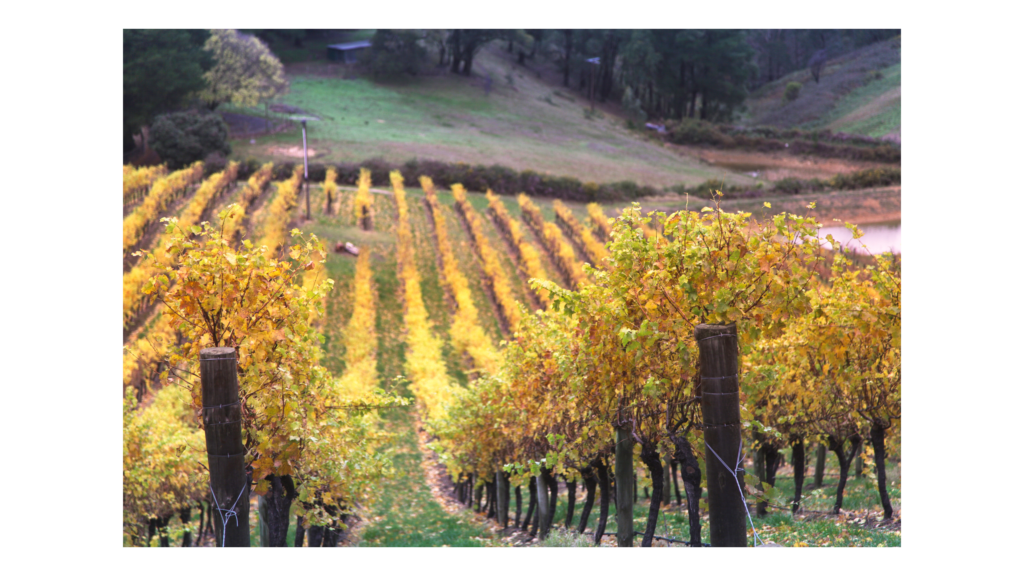

Adelaide a hidden gem,was one of the surprises of this trip. Known for its relaxed atmosphere, it quickly wins the tourists heart with its charm. The city’s rich cultural scene is rivaled only by its proximity to some of the best wine regions in the world. For those who are interested in Barossa Valley, it is the place for savoring world-class wines and enjoying the picturesque countryside. Adelaide is also famous for its festivals, and I was lucky enough to experience the Adelaide Fringe, where the streets come alive with performances, music and creativity. A peaceful walk through the Botanic Gardens and a visit to the Central Market leads to fresh local produce, making the first-time visitor appreciate the slower pace of life in this lovely city. A ferry to nearby Kangaroo Island gives a Birdseye of the wildlife, including playful seals and curious koalas.

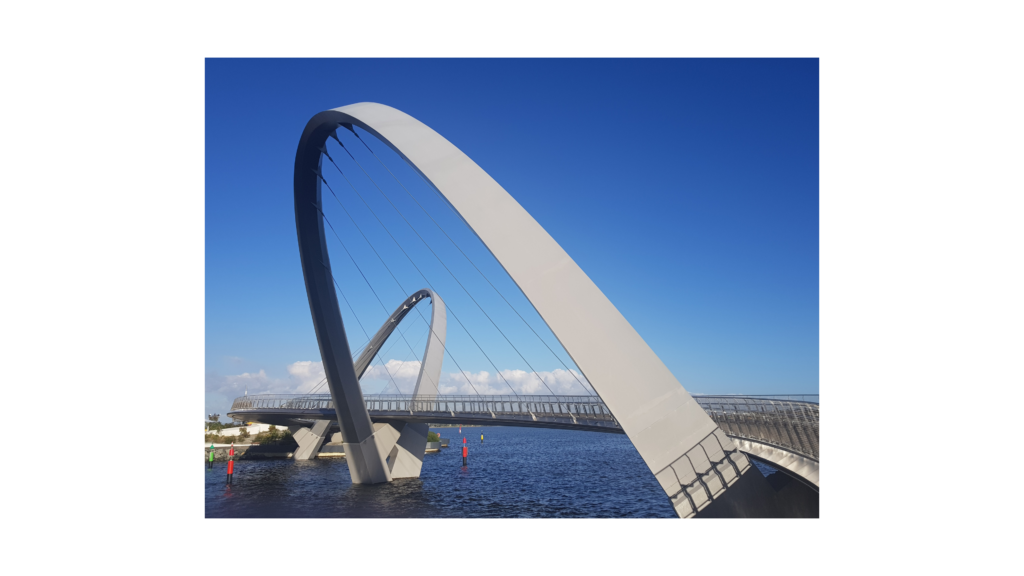
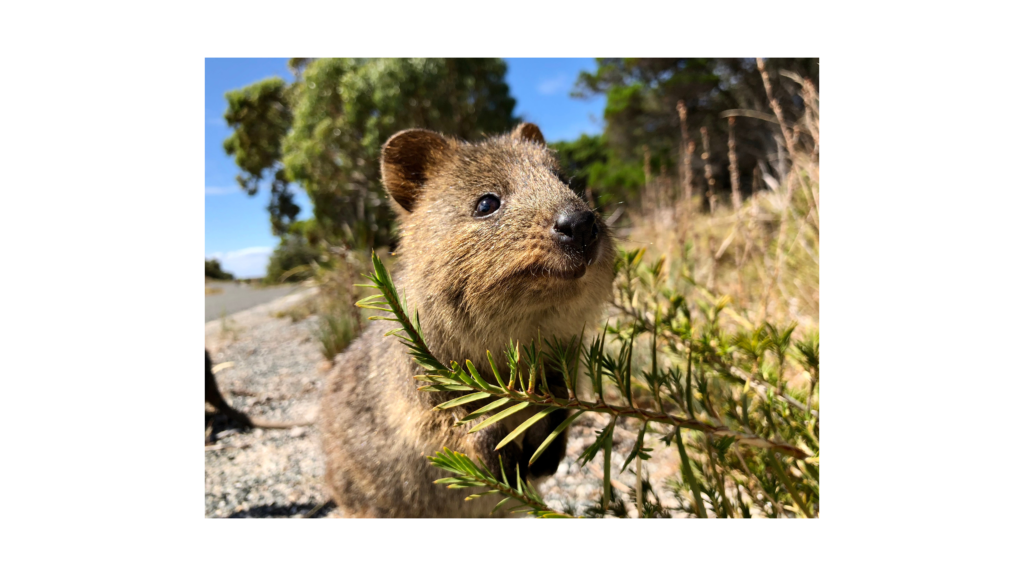
Perth can be described as the calm beauty of the West.A hidden gem on Australia’s west coast, its beaches are some of the most stunning. One can spend lot of time soaking up the sun at Cottesloe Beach, the perfect spot for reflection, with the waves crashing softly against the shore. The redeveloped Elizabeth Quay has a great mix of art galleries, trendy bars and outdoor dining. A short ferry ride from there is Rottnest Island, where you can meet the world’s happiest animal—the quokka. The island’s serene landscapes and beautiful beaches offer the perfect escape, and I found myself falling in love with the laid-back spirit of the place.
